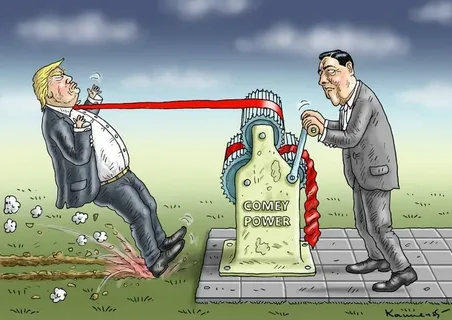How Do Satire and Grotesque Shape Visual Critique at WPC?
World Press Cartoon (WPC) has long been a platform for showcasing the world’s most creative and thought-provoking visual critiques. Artists from across the globe submit works that balance between biting satire and exaggerated grotesque, reflecting societal issues through humor and distortion. Let’s explore how these two artistic languages interplay to create impactful messages.
What is the Role of Satire in Visual Critique?
Satire has always been a powerful tool for addressing political and social issues. At World Press Cartoon, satire manifests in a variety of ways:
- Subtle Humor. Artists often use lighthearted comedy to highlight pressing issues without overwhelming the viewer.
- Irony and Juxtaposition. Common in many works, this method pairs conflicting elements to critique systems or ideologies.
Examples of Satirical Elements in WPC Works
| Year | Winning Artwork | Theme | Satirical Approach |
|---|---|---|---|
| 2022 | “The Plastic Sea” | Environmental Issues | Irony (fish made of trash) |
| 2023 | “Global Tensions” | Geopolitical Conflicts | Juxtaposition of leaders |
| 2024 | “Silent Generations” | Aging and Technology Gap | Humor in generational divides |
How Does Grotesque Amplify Satirical Messages?
While satire often relies on wit, grotesque art brings exaggerated forms to emphasize absurdity. Artists at WPC push the boundaries of visual storytelling with elements such as:
- Distortion of Features: Enlarged heads or exaggerated emotions are commonly used to amplify the critique.
- Unsettling Imagery: By creating discomfort, grotesque art forces viewers to confront harsh realities.
Contrasts Between Satire and Grotesque in Visual Language
| Aspect | Satire | Grotesque |
|---|---|---|
| Emotional Response | Amusement, thoughtfulness | Shock, discomfort |
| Artistic Techniques | Subtle humor, irony | Exaggeration, distortion |
| Goal | Encourage reflection | Demand immediate attention |
Key Themes Addressed Through Satire and Grotesque
World Press Cartoon artists tackle a broad spectrum of themes. Here’s how satire and grotesque contribute to their portrayal:
- Political Corruption:
Satirical works mock the dishonesty of leaders, while grotesque illustrations expose the ugliness of power struggles. - Social Inequality:
Humor highlights systemic unfairness, while grotesque exaggeration underlines its devastating effects. - Environmental Concerns:
Satirical cartoons often use clever wordplay or visual metaphors, whereas grotesque art portrays the dire consequences in a more graphic manner.
The Artistic Impact of World Press Cartoon
By blending satire and grotesque, WPC has become an unparalleled platform for artists to express critique. It encourages:
- Cross-Cultural Dialogue. Humor and visual exaggeration transcend linguistic barriers, making messages accessible globally.
- Deeper Understanding. Combining satire and grotesque fosters a layered interpretation of issues, engaging viewers on multiple levels.
Conclusion: Why Should We Pay Attention?
World Press Cartoon is more than a competition; it is a mirror reflecting the complexities of our world. By embracing satire and grotesque, these works challenge us to think critically, laugh uncomfortably, and perhaps, act meaningfully.
